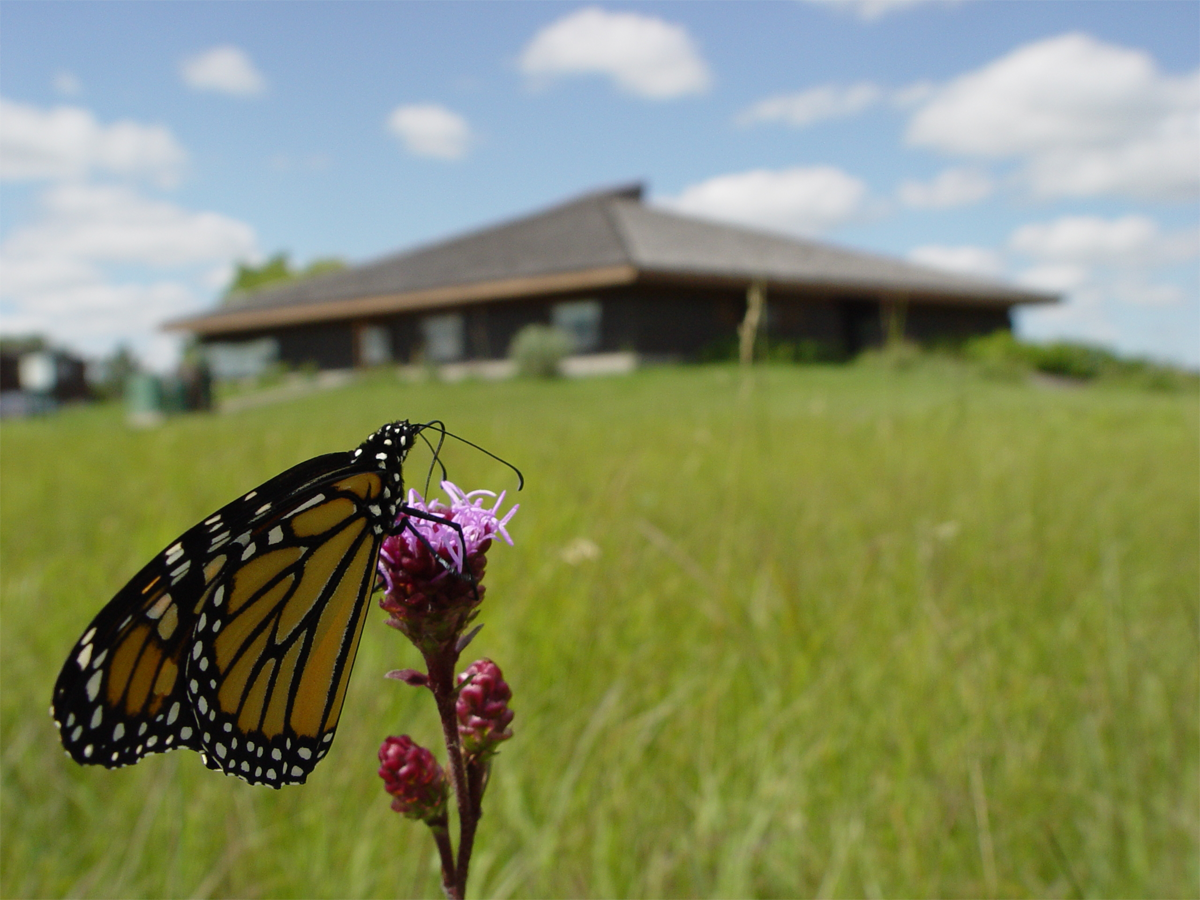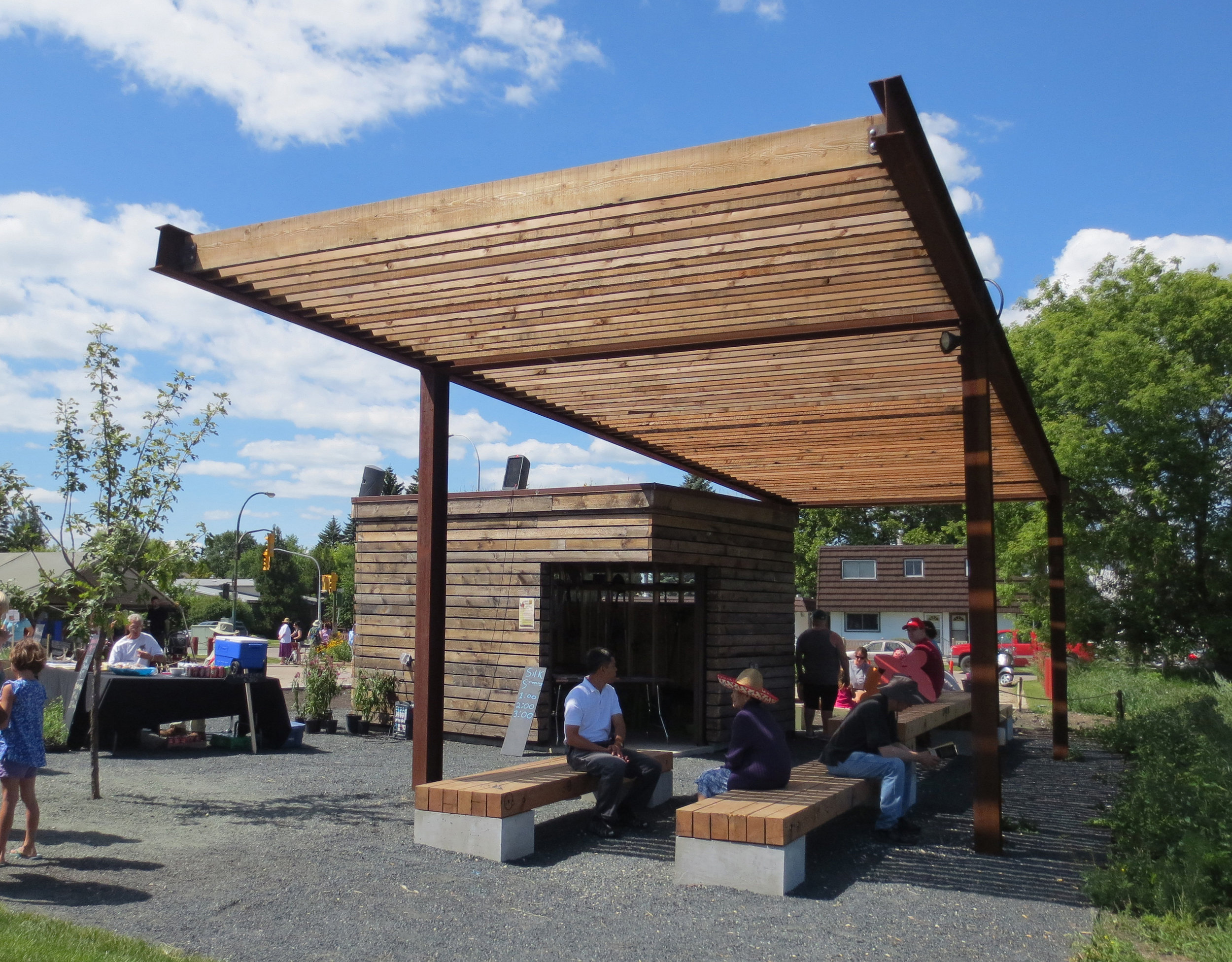Unwind Yourself on Paradise of Tall Grass Prairie and One of Manitoba’s Best Natural Treasure

About Living Prairie Museum
The Living Prairie Museum in Winnipeg is a 13-hectare tall grass prairie park. The park, which was established in 1968, is home to over 150 distinct grass and wildflower types, as well as a variety of prairie animals. A gallery of exhibitions, a bookstore/gift shop, and an observation deck with a great view of the preserve are all housed in the museum interpretative centre. The interpretive centre opens each year in time for the blossoming of Manitoba's state flower, the prairie crocus, and stays open until the middle of October. Year-round, from dawn to dark, anybody is invited to go for a walk on the museum's self-guided path.
| Living Prairie Museum | ||
|---|---|---|
| Le Musée-Nature de la Prairie | ||
 |
||

Living Prairie Museum |
||
| Type | Tall grass prairie reserve | |
| Location | 2795 Ness Avenue Assiniboia ( Winnipeg ), Manitoba , R3J 3S4 Canada |
|
| Coordinates | 49°53′24″N 97°16′18.12″W / 49.89000°N 97.2717000°W / 49.89000; -97.2717000 Coordinates : | 49°53′24″N 97°16′18.12″W / 49.89000°N 97.2717000°W / 49.89000; -97.2717000 |
| Area | 30 acres (12 hectares) | |
| Elevation | 777.6 feet (237.0 m) | |
| Created | 1968 ; 53 years ago ( 1968 ) | |
| Open | May–June (Sun. 10–5) July–Aug. (Daily 10–5) Sep. (Sun. 10–5) |
|
| Species | 160 | |
| Public transit access | 24 Ness Express 25 Ness Super Express 83 – Unicity – Strauss Drive – Murray Industrial Park |
|
| Facilities | www .winnipeg .ca /publicworks /parksOpenSpace /livingprairie / | |

The Living Prairie Museum's mission is to raise environmental awareness and encourage the protection of natural places, particularly tall grass prairies, via environmental education. Staff from the museum are available for guided walks and environmental teaching activities for children throughout the year. The Monarch Butterfly Festival, volunteer seed collection and habitat maintenance, Thursday Theme Days, Prairie Planting Workshops, Prairie Plant Sales, and the Winter Speaker Series are just a few of the special events that allow the public to learn about prairie conservation and celebrate this unique habitat.
History
A paradise of tall grass prairie, The Living Prairie Museum site is a prime example among Manitoba's many dwindling natural treasures. Local environmentalists and habitat experts alike have worked tirelessly to campaign for the preservation of this rare ecological gem. In 1968, the International Biological Program sent researchers around Manitoba looking for good examples of tall grass prairie. Of 64 sites examined, four were chosen for closer scrutiny and The Living Prairie Museum site was one of the best in province with local naturalists working to campaign it's preservation. The Friends of the Living Prairie Museum, an organization that supports and promotes education about prairie ecology to preserve this fascinating ecosystem, was first formed in 2010. At 87 years old Winnipeg citizen Pete DeWet convinced City Council by just one vote on April 21st 1971 to set aside land for a museum site which would eventually become preserved.

Working with city officials and devoted supporters some 36 years later they finally persuaded councilors at their last meeting before Christmas Eve 2013 when it was decided unanimously that the group could take over as caretakers of these acres from November 1st 2014 onwards – so now visitors can enjoy all aspects of nature without having our ecological footprint intensify climate change caused by human interference. Winnipeg's Living Prairie Museum has been around for over 50 years, and it is still going strong. It all started with a man named Pete De Wet who persuaded the City Council to preserve part of his property by just one vote in 1971. In 1975, they turned some sod-looking back on three acres of land that was designated as museum territory before finally opening their doors six years later in 1976. Years after this ordeal began, an organization called Friends Of The Living Prairie Museum was formed which helped give momentum to existing supporters and keep them excited about preserving Canadian culture from afar; but only officially incorporated 6 short ye so there are plenty more stories yet to tell at Winnipeg’s living prairie museum where you can get up.

Living Prairie Museum Manitoba Herbarium
The Herbarium of the Living Prairie Museum is housed at the Living Prairie Museum Interpretative Centre (LPM) in Winnipeg, Manitoba, Canada. The LPM Herbarium, which opened in 1967, has more than 250 vascular plant specimens, with a concentration on species found in natural tall grass prairie environment. Many of the specimens were gathered during IBP surveys, which led to the preservation of the 12 hectare (30 acre) residual tall grass prairie habitat that would become LPM. The creation and registration of our digital herbarium is a significant step forward in sharing the variety of tall grass prairie species with the rest of the world. This collection contains digital vascular plant specimens gathered mostly in Winnipeg.

Friends of the Living Prairie Museum
The Friends of the Living Prairie Museum exist to assist the Living Prairie Museum in carrying out its goal of conservation and education by collecting funds, promoting the preserve, and maintaining it. The Friends are looking for funds for unique initiatives including prairie seed propagation and pollinator conservation, as well as summer salaries for student prairie technicians. Volunteer activities such as seed collection, planting, weed pull parties, and brush and trash clearance help the Friends maintain the ecosystem. The Friends of the Living Prairie Museum also organize community activities to involve the public. Public outreach helps to expose the museum to new visitors and prospective members by selling refreshments at museum events, providing free milkweed for monarch butterflies, and publicizing museum programs and special events.

